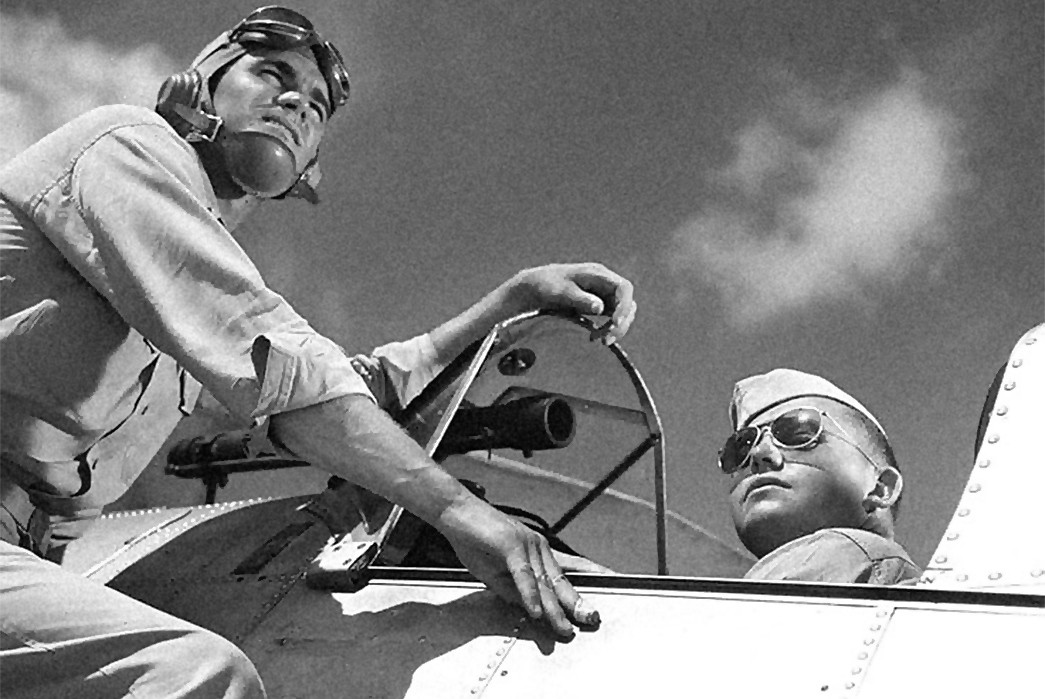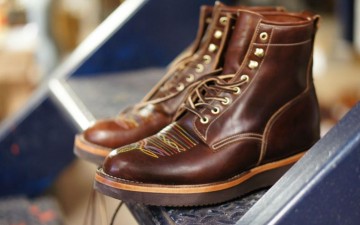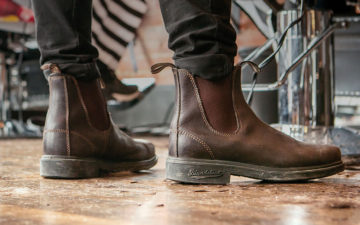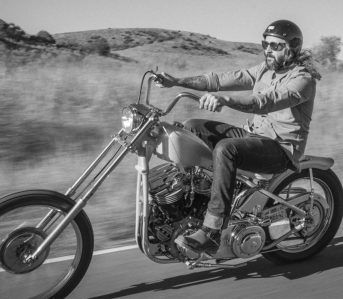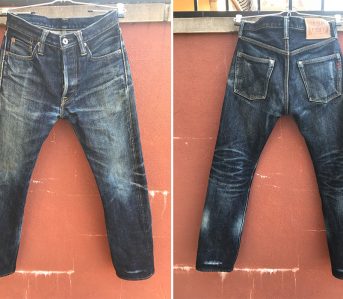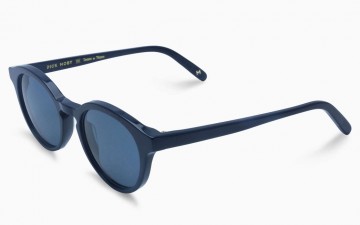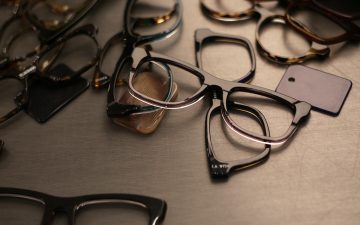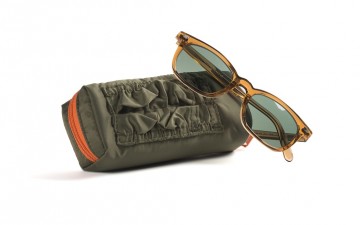When you think of sunglasses, chances are you’re picturing one of Ray-Ban’s iconic styles. That’s because, for 80 years, Ray-Ban has been producing sunglasses which are worn by people from all walks of life. World Wars, red carpet events, or family holidays – Ray-Ban sunglasses are there to shield eyes from the sun.
History and Philosophy
Like many great brands, Ray-Ban got it’s footing in the military world. In the mid-thirties, military technology was as advancing as quick as the sun rises, and pilots of the US Air-Force were reaching higher altitudes than ever before. But with these advances came problems–pilots complained that the intense, glaring sun rays at these new altitudes were causing distraction, nausea, and headaches.
This prompted US Army Air Corps Colonel John A. Macready to enlist the help of optical greats, Bausch & Lomb of Rochester, New York, to design a pair of aviation sunglasses to remedy these issues.
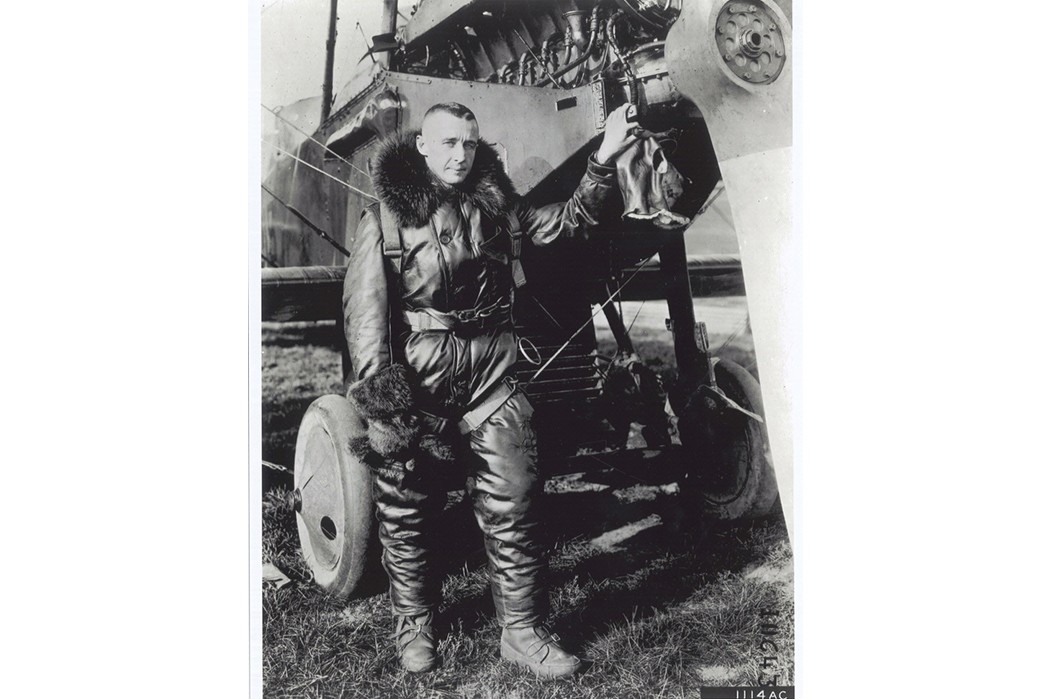
Col. John A. Macready via Pioneers of Flight.
A prototype named the ‘Anti-glare’ was made in 1936, featuring plastic frames and green plastic lenses which ‘banned’ harsh glare from the sun without reducing visibility. This new pair of sunglasses went on sale to the general public in 1937, and after being remodeled with metal frames, they were christened the ‘Ray-Ban Aviator’ in 1938.
Ray-Ban continued to supply the U.S. and Allied militaries with eyewear throughout World War II, always improving their sunglasses with innovations such as impact resistant lenses, and gradient mirrors, which featured a protective coating on the upper, but an uncoated lower portion of the lens for increased visibility of plane control panels. But the brand’s growth did not stop in the wake of the conflict. More styles were added to Ray-Ban line throughout the fifties–including Ray-Ban’s most iconic design–the Wayfarer.
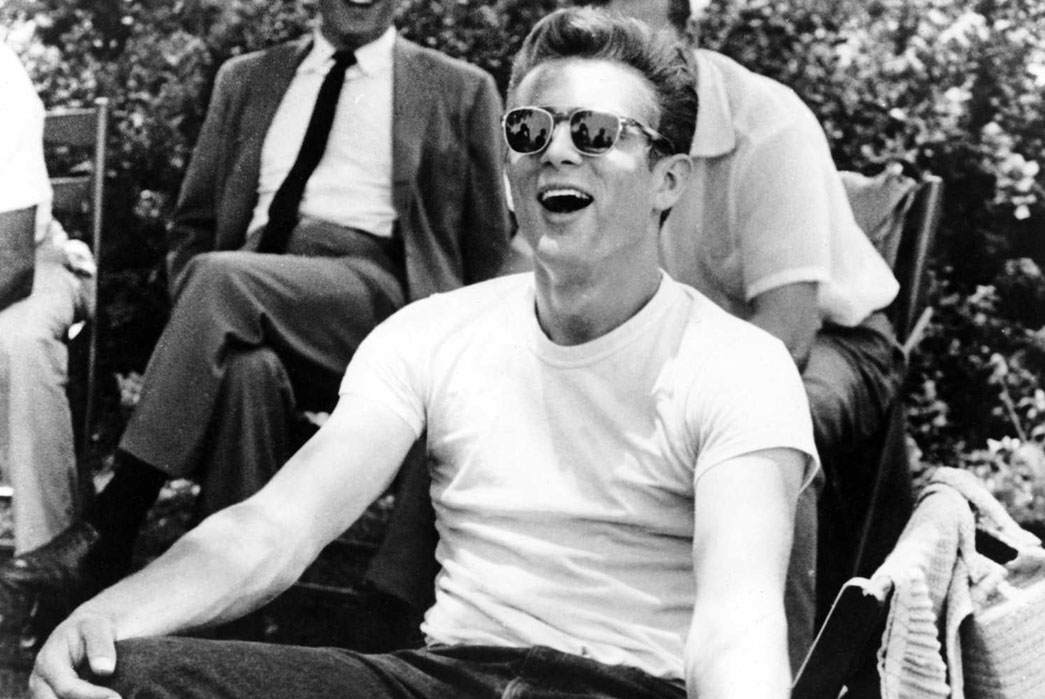
James Dean in Ray-Bans. Image via Alphatier.
Launched in 1952, the Wayfarer featured a much thicker, plastic frame, with smaller lenses. They were instantly popular, especially after James Dean sported a pair in the 1955 classic, Rebel Without A Cause. By this point, Ray-Ban was a household name, and with everyone from Hollywood stars to postmen wearing their sunglasses, they soon became the world’s leading sunglasses brand.
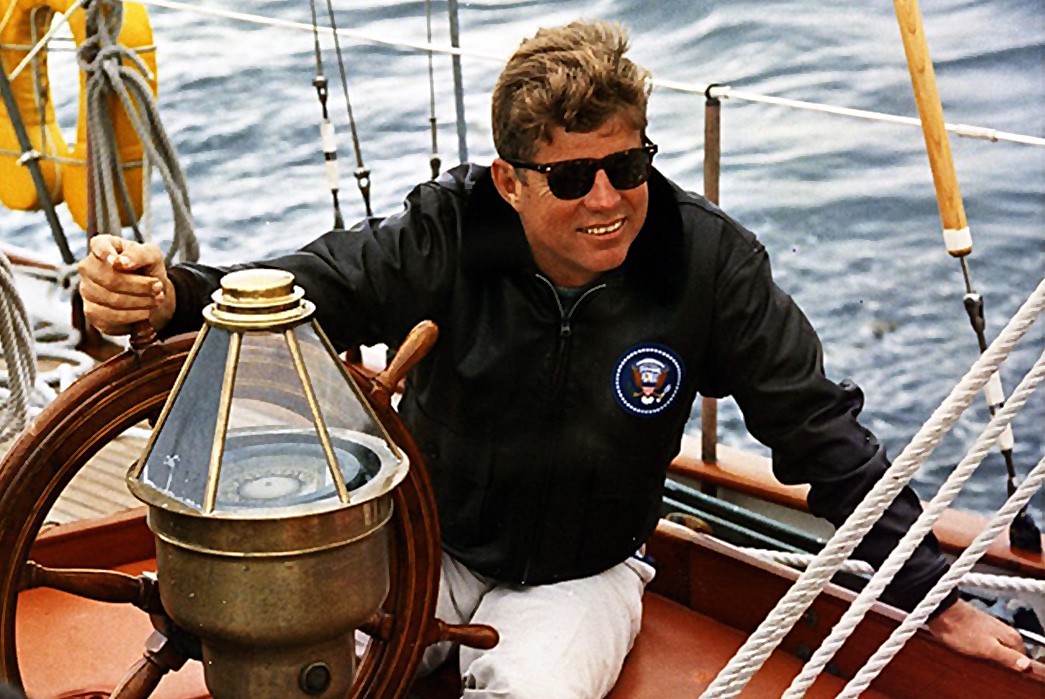
JFK in Wayfarers via Ape to Gentleman.
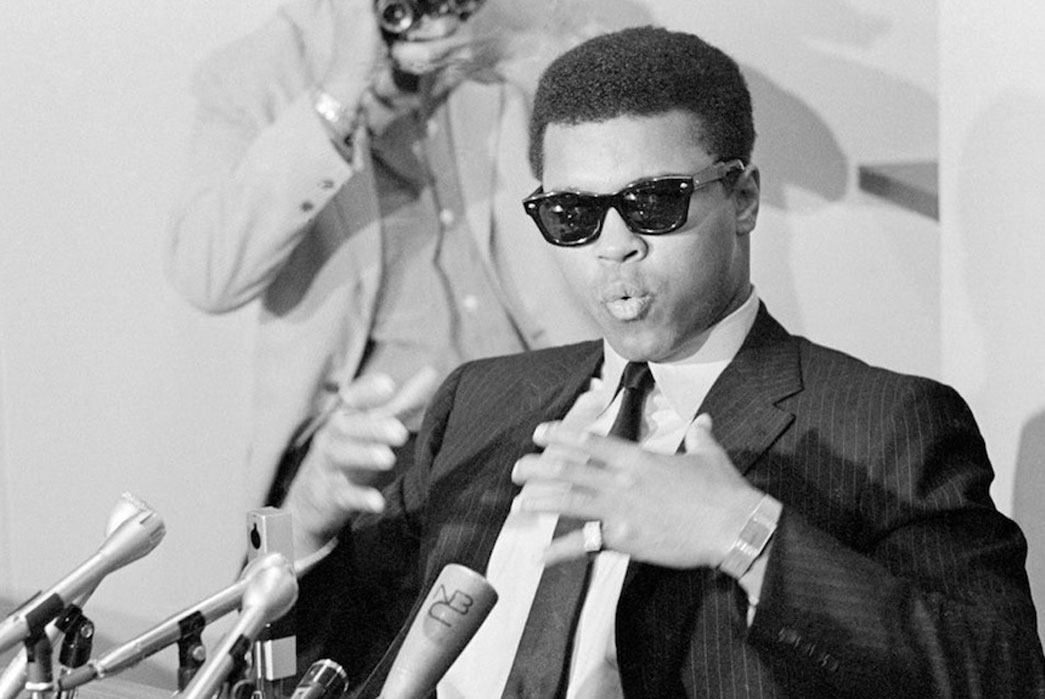
Muhammad Ali in Wayfarers via Gentleman’s Journal.
The fashion boom of the sixties saw the brand reach new heights of success, with the 1969 catalog offering fifty different styles. Over the next six decades, Ray-Ban sunglasses continued to appear in pop-culture. Clint Eastwood rocked a pair of Ray-Ban Balamora’s in Dirty Harry, and Tom Cruise donned a pair of Aviator’s in Top Gun. Guitarist Johnny Marr of The Smiths wore Ray-Ban’s ‘Signet’ sunglasses, and Bob Dylan practically lived in a pair of Wayfarers.
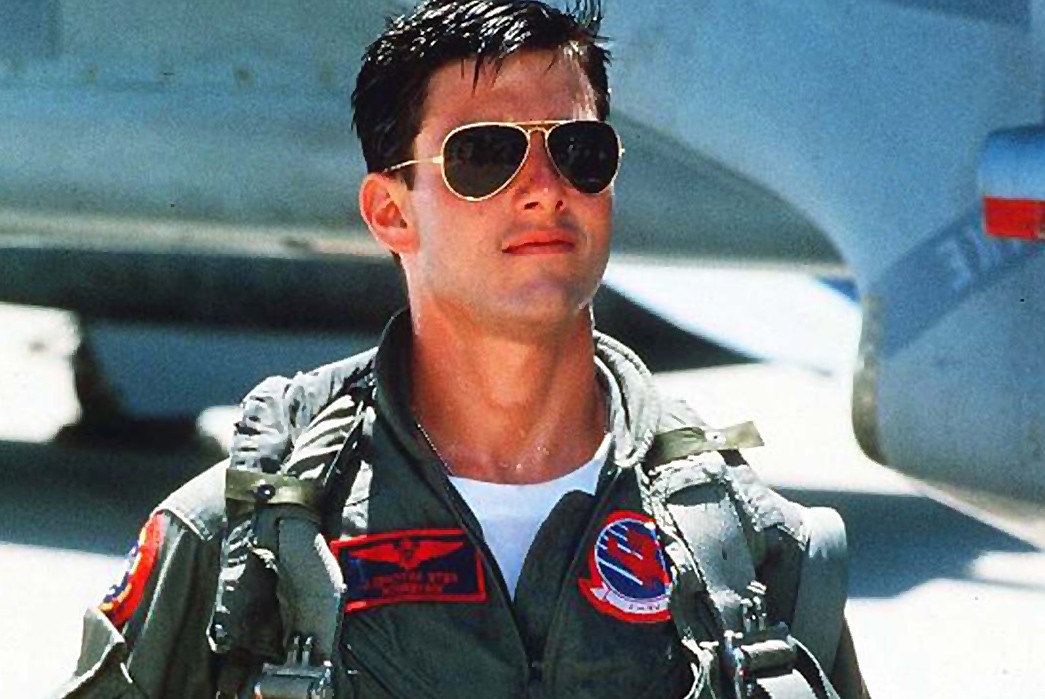
Top Gun Ray Bans via The Dishmaster.
Although Ray-Ban had cemented themselves into fashion and pop-culture, functional and practical designs were still being produced. Mountaineering sunglasses with leather side-shields, and Ambermetic lenses which changed color to adapt to varying light conditions, are just two examples of Ray-Bans innovations which helped the brand to maintain it’s philosophy of high-quality, purpose-made eyewear.
Ray-Ban Today
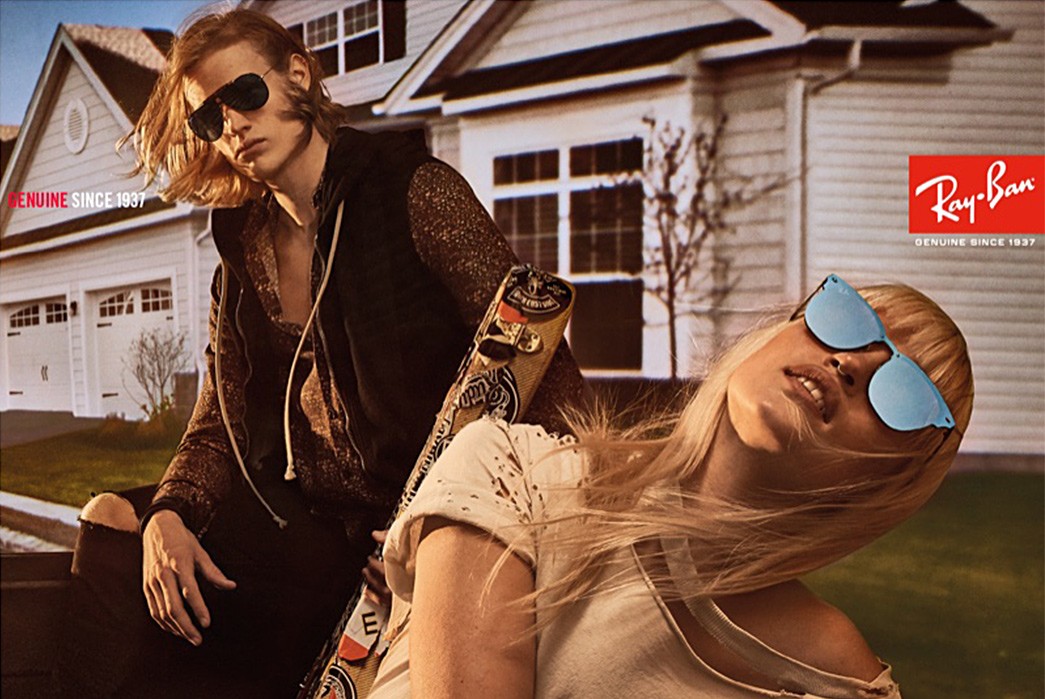
A 2017 Ray-Ban campaign via Fashion Gone Rogue.
Ray-Ban is now owned by Italian eyewear giants, Luxottica Group, who acquired the brand in 1999 for $640 million. This means that their glasses are now all made in Italy, and some styles have been subject to some minor design changes. They currently offer an extensive range of sunglasses and eyeglasses, all available with prescription lenses.
Although no longer owned by New York’s Bausch & Lomb, Ray-Ban still produces many of its heritage styles such as the Aviator, Clubmaster, and Wayfarer, all of which saw the brand skyrocket all those years ago. Their webstore also offers fully customizable sunglasses, with the choice of 22 styles, over 100 different lenses, and personalized engraving on the temple tips.
Characteristics and Iconic Models
The Aviator
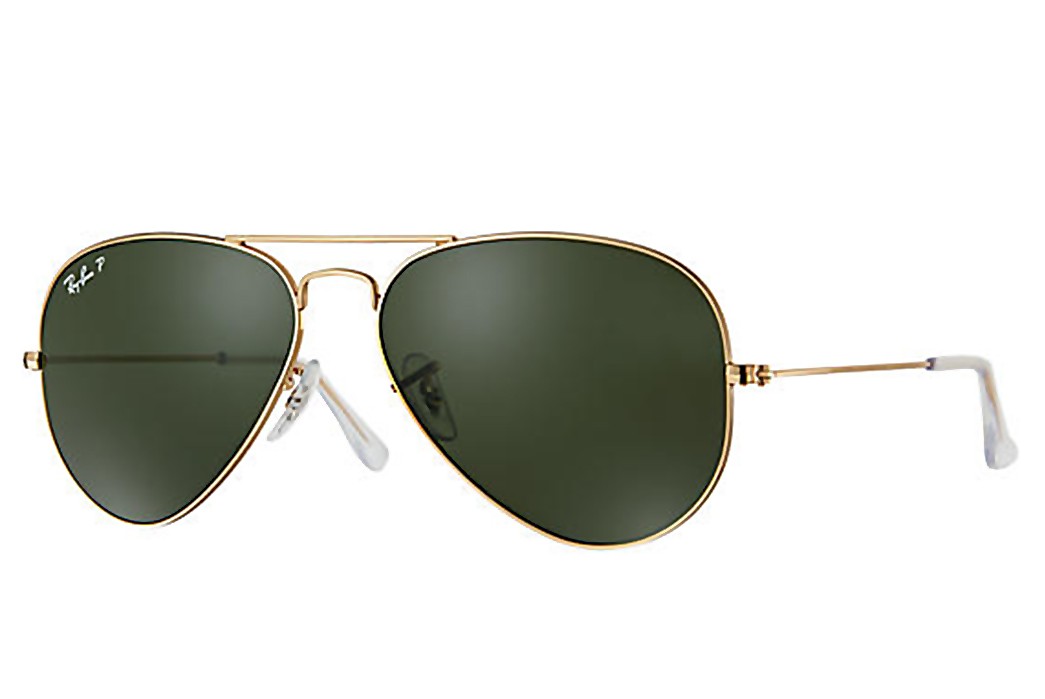
The style that started it all, The Aviator, is still going strong to this very day. A sleek, metal frame – which is available in gold, gunmetal, and black colorways – houses the large, contrasting lenses with are polarised and provide 100% UV protection.
Available for $153 at Ray-Ban.
The Wayfarer
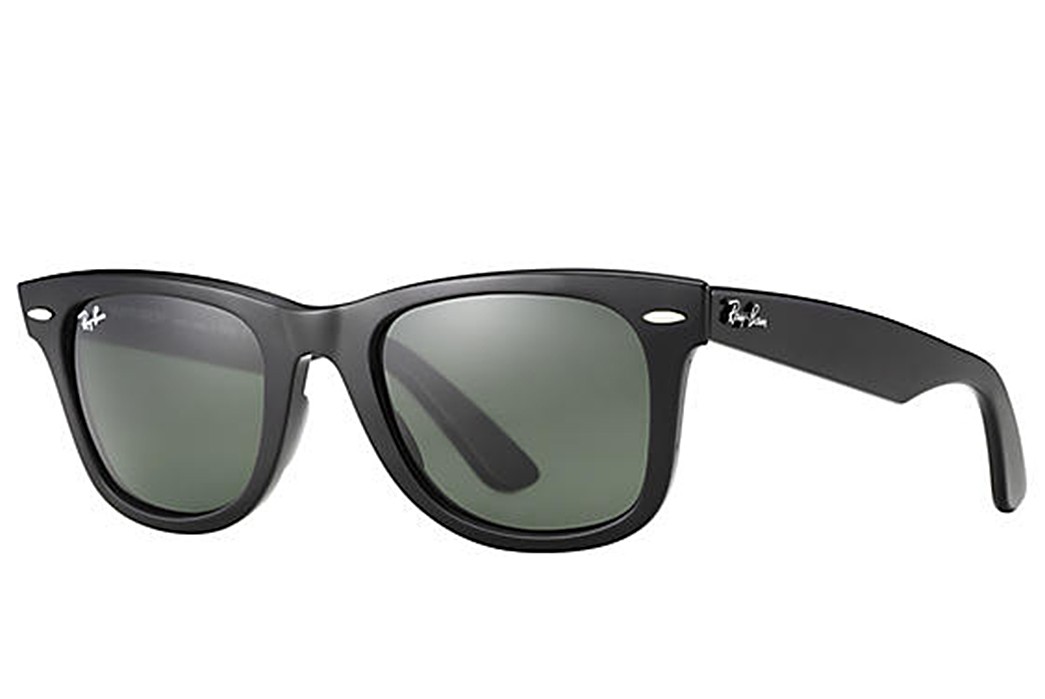
Arguably Ray-Bans most ubiquitous model, the classic Wayfarer is now marketed as ‘The Original Wayfarer’ to distinguish it from the slimmer ‘New Wayfarer’ designed after the Luxottica Group takeover. This model features thick acetate frames with distinctive Ray-Ban branding on the temples. The Wayfarer is available in varying colorways, with the tortoise, and black options being the most iconic.
Available for $153 at Ray-Ban.
The Clubmaster
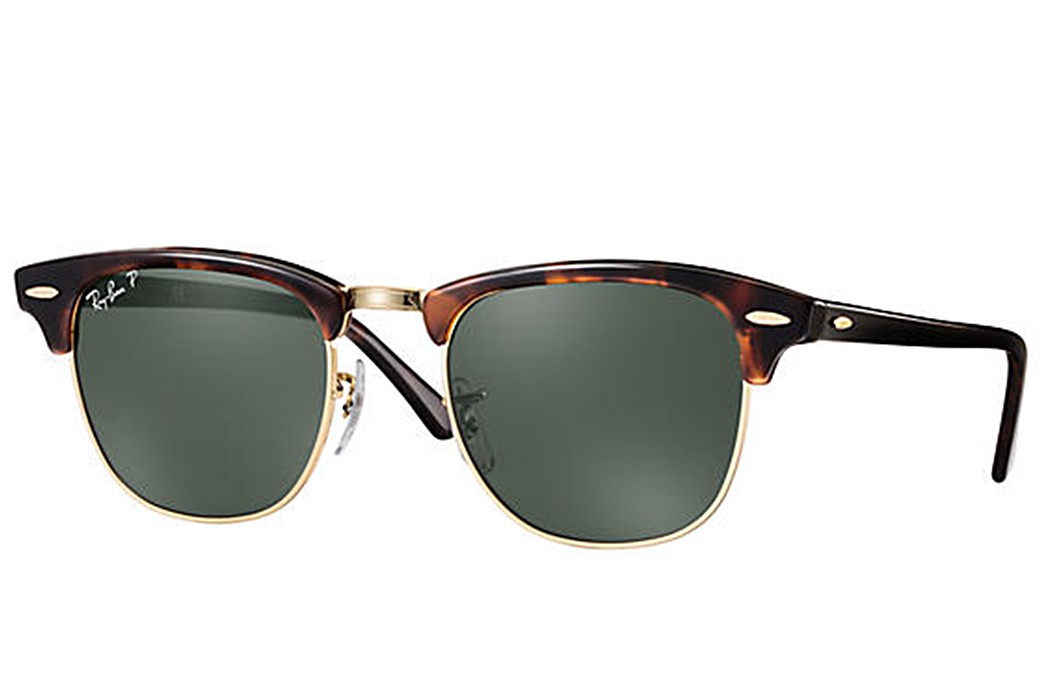
Inspired by browline glasses of the forties and fifties, Ray-Ban introduced their Clubmaster style in the mid-eighties. The Club master is recognizable from its unique frame which utilizes acetate along the brow and temples, with metal lense-rims and nose bridge. Like the Wayfarer, it’s most iconic colorways are tortoise, and black, but the Clubmaster is available in many different variations.
Available for $153 at Ray-Ban.
Ray-Ban – The Final Say
American sunglasses begin and end for many with Ray-Ban. And with good reason, the brand pioneered much of what we consider sunglasses to be today and many of their iconic models remain virtually unchanged in over a half century. A recent sale to Italian conglomerate Luxottica may have taken some of the heritage out of the brand (and bumped the price tags), but Ray-Ban remains a steadfast and quality option for classic eyewear.

